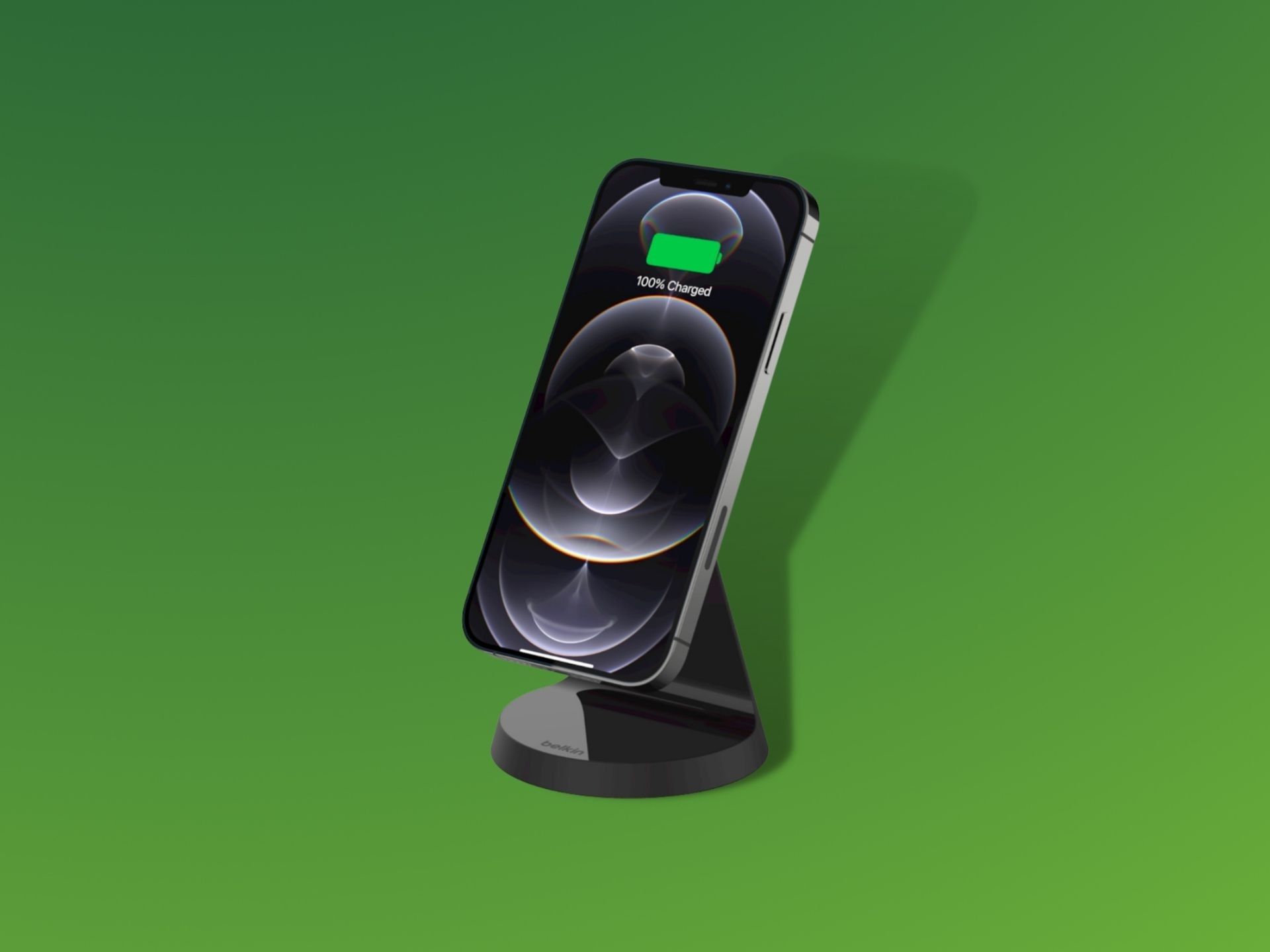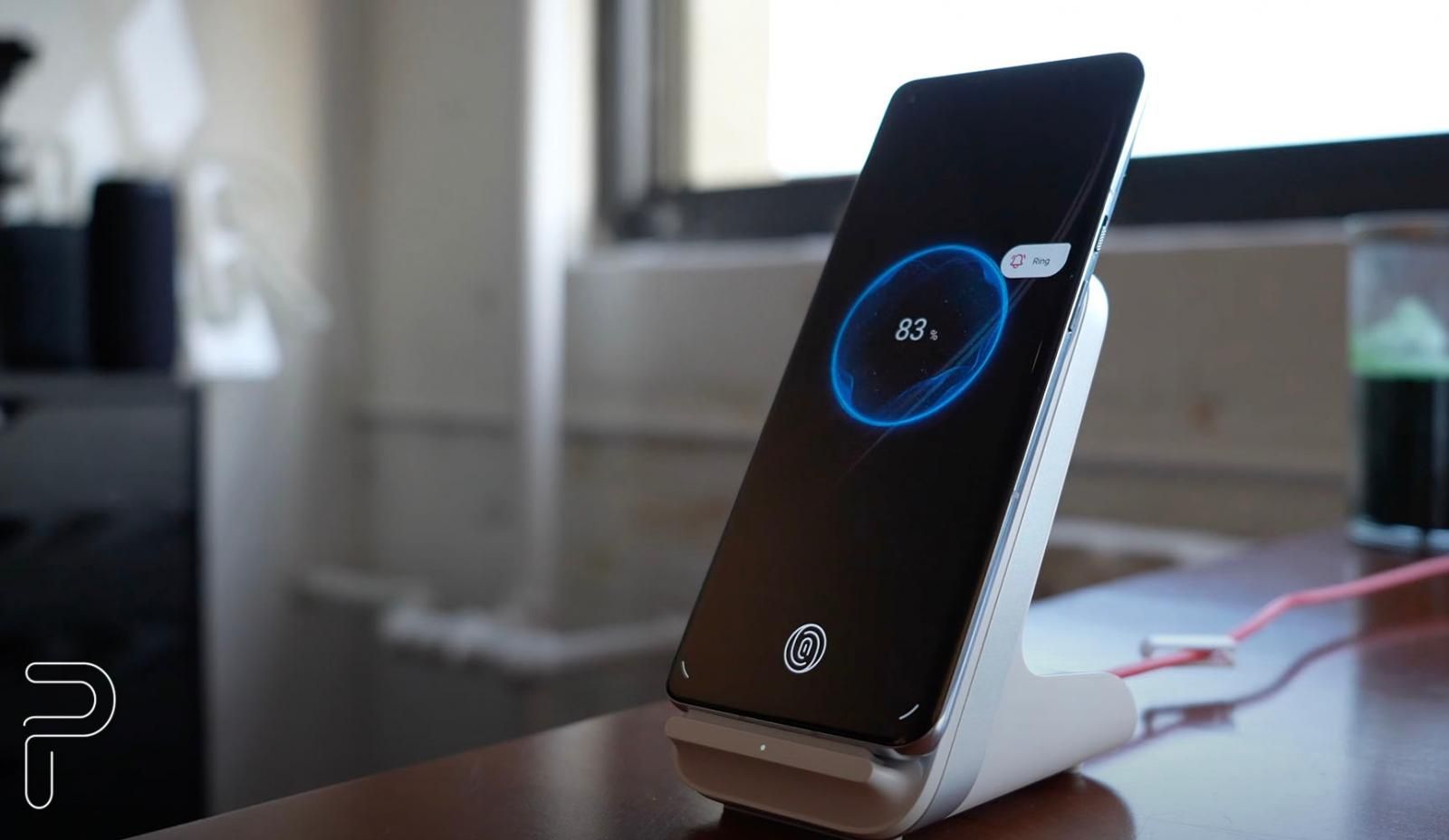Wireless charging started to get picked up by more manufacturers around 2016, when more companies started including the feature in their high-end devices. By the end of 2017, most flagships came with a Qi wireless charging option that allowed users to slowly charge their devices, removing the hassle of messing with cables.
Since then, companies like OnePlus have changed their business model, and started including the feature by default, albeit, at increased prices. The wireless charging technology has multiple standards, and while most of them follow the Qi charging standard method, there are many more technologies available that support up to 100W wireless charging speeds. The HONOR Magic 4 Pro is the first device to support 100W wireless charging, which results in 0 to 50% of charge in just 15 minutes.
In 2016, most of us – technology enthusiasts – asked for wireless charging to be included with all flagship devices. Today, most flagship devices come with the feature, and many mid-range devices started adapting the technology to provide an easier way to top up devices.
How did wireless chargers change the way we top-up our smartphones?
OnePlus 9 Pro on a fast wireless charger
While you might have more tech-savvy people in your life than I do, the fact is that most of our friends and family members still use a USB-C or lightning cable to charge their smartphones and tablets. Most of my friends own flagship devices, yet they either don’t care about wireless charging, don’t want to invest in a separate stand, or simply don’t find the plugging in and out a hassle.
On the other hand, I am a technology enthusiast, and I have fully embraced the technology. It shows the significant differences between general users and tech-savvy people. I use an Anker PowerWave wireless charger during the daytime, and I also use a wireless charging stand in my car. I only plug in at night since the cable is within an arm’s reach away, and it’s easier than getting up and placing the phone on the wireless charging pad. Talk about laziness.
The sad truth is that wireless charging didn’t take off the way we thought it would, and while the wireless charging market is increasingly growing with faster technologies, users aren’t as keen to adopt it. The only way I see that changing is if Apple goes fully port-less, and embraces MagSafe as a proprietary way to charge iPhones and other Apple devices. Apple isn’t as innovative as it was a decade ago, but it’s the number one player in introducing and embracing technologies. Apple is one of the main reasons a lot of technologies took off in recent years, and no other OEM can reproduce the dominance Apple has on the entire market.
https://twitter.com/Pocketnow/status/1514626045747638276
We recently ran a Twitter poll, asking our audience if they use wireless charging or care about it. At the time of posting this, most people who cast their vote said they have a compatible device and use it regularly. Another large percentage said they have it, but don’t use it. Many also expressed their device doesn’t support wireless charging and don’t care about it. Less than 15% of the people said they don’t have a compatible device and would love to use wireless charging.
Some people commented that wireless charging in its current state is too slow. Most companies like Samsung and Apple only support fast wireless charging at 15W, while other Chinese OEMs like OnePlus, Xiaomi, and HONOR support up to 50-100W.
Do you use a wireless charger? Leave a comment, or let us know by voting on the Twitter poll!
Try wireless charging with these great chargers
-
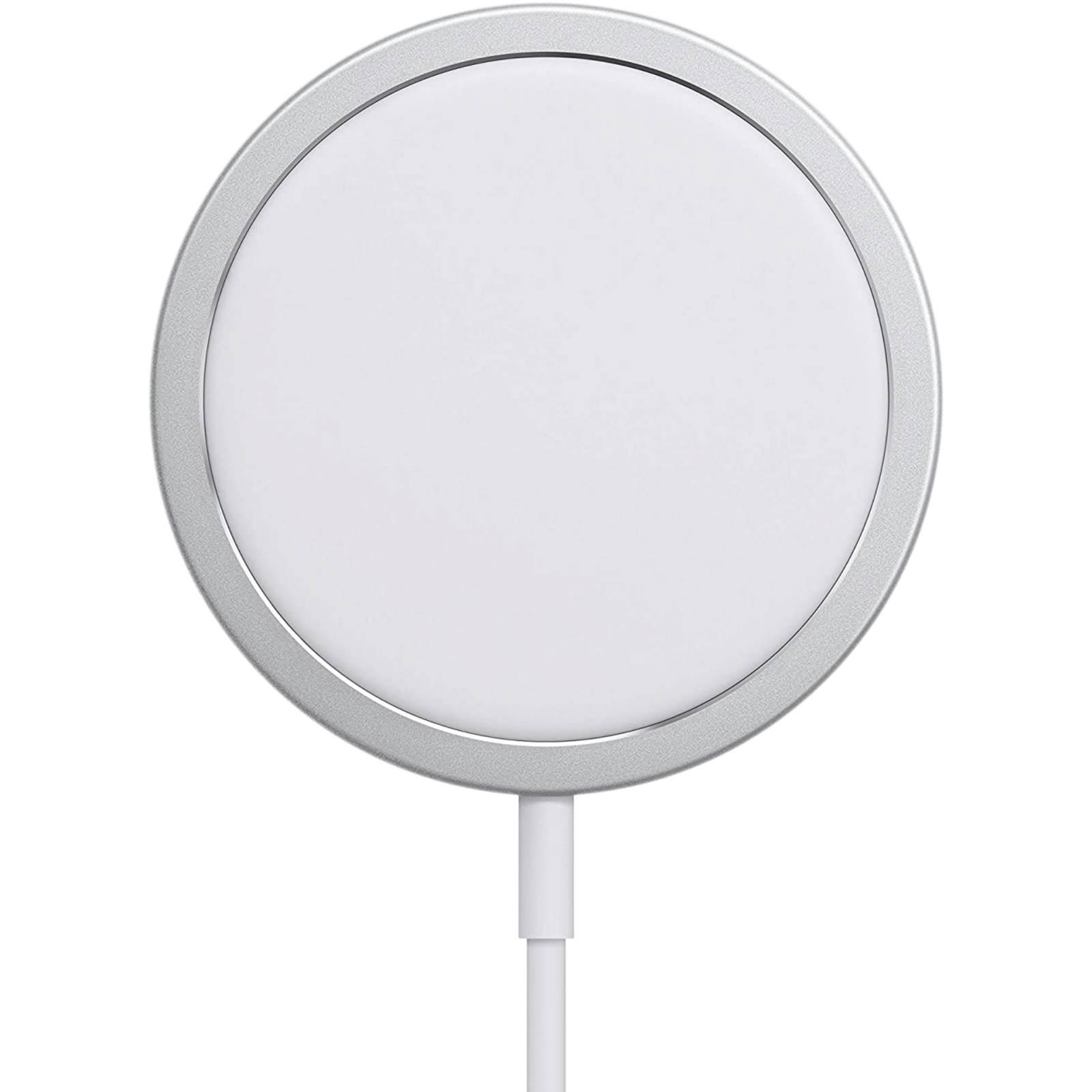
Apple MagSafe
The Apple MagSafe charger is a first-party wireless charger offered by Apple, and it supports all MagSafe compatible iPhones and Apple products, including the iPhone 12 and 13 series, as well as the latest AirPods 3 and AirPods Pro wireless earbuds.
-
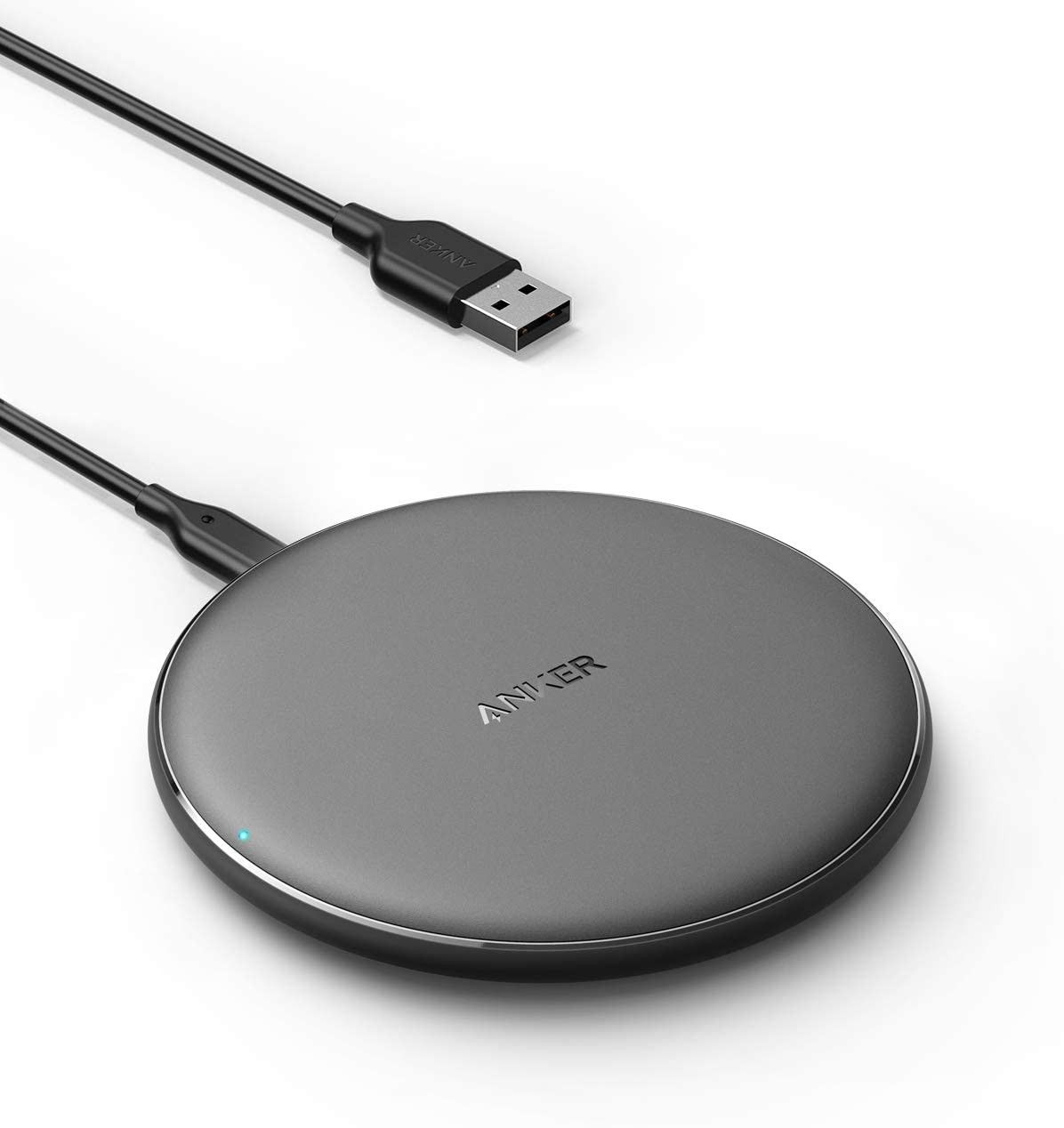
Anker 313
The Anker 313 wireless charger is compatible with all Qi-supported smartphones and accessories, and it can charge devices a 7.5W and 5W. It's an inexpensive wireless charger that takes up little space on a desk, and it supports protective cases up to 5mm thick.
-
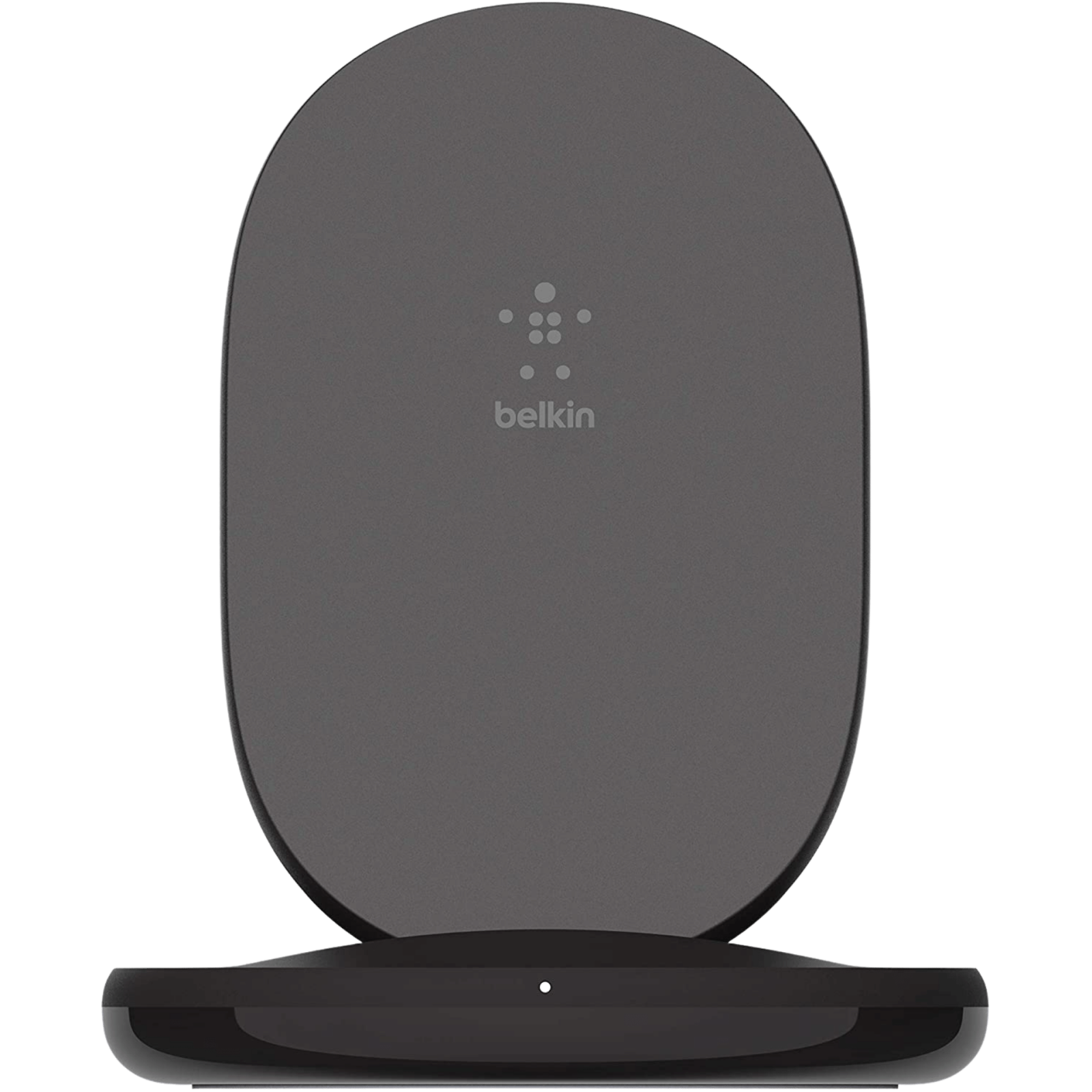
Belkin BoostCharge
The Belkin BoostCharge quick wireless charger supports up to 15W fast charging, and it supports most devices, including iPhone, Samsung Galaxy, Google Pixel, OnePlus, and other smartphones. Devices can be charged in portrait or in landscape orientation.
-
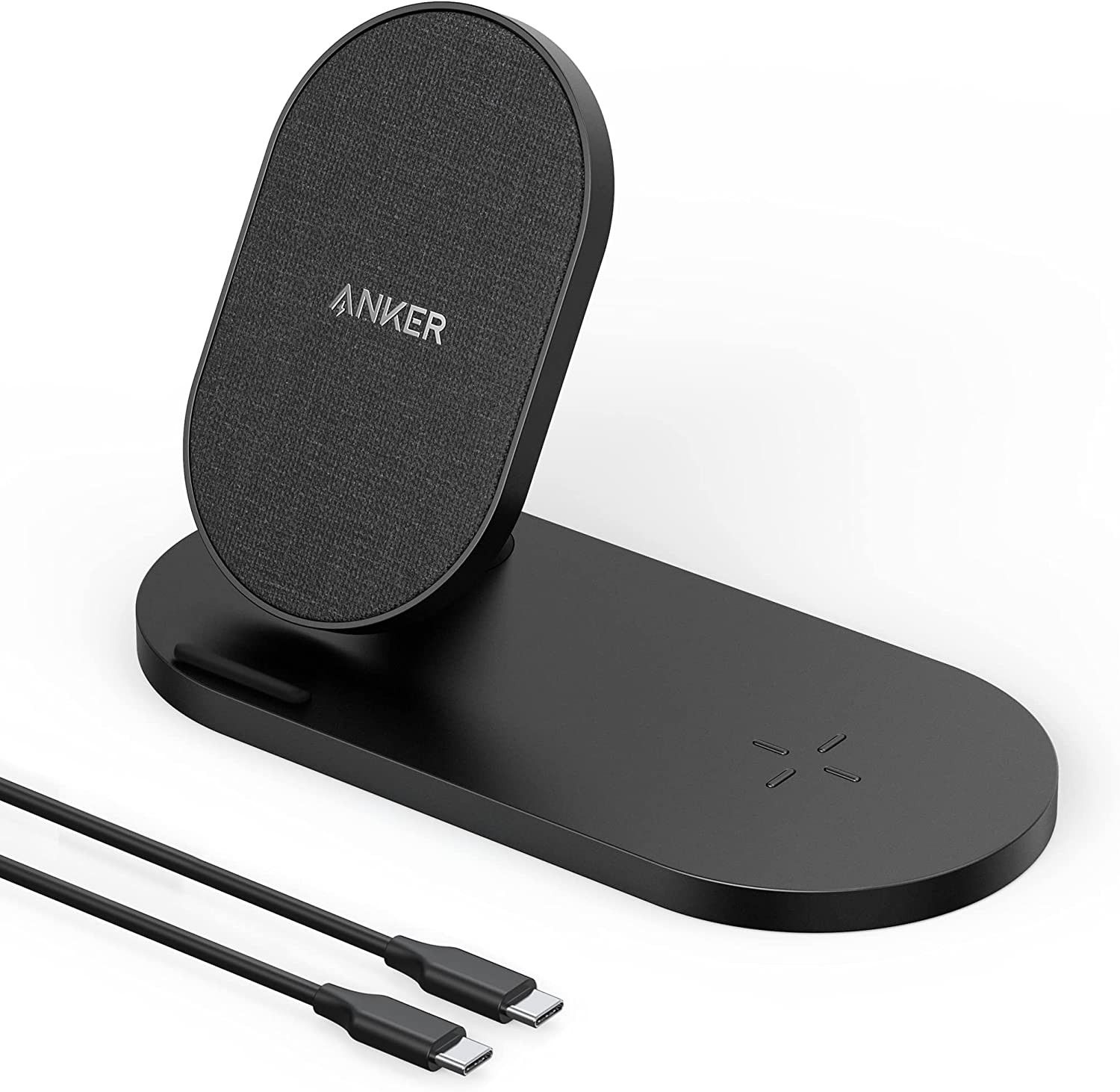
Anker PowerWave Wireless Charger
The Anker PowerWave 2-in-1 wireless charger can charge devices at up to 15W, and it also allows earbuds and other products to be charged simultaneously. It's an affordable charger, and it supports protective cases.
-
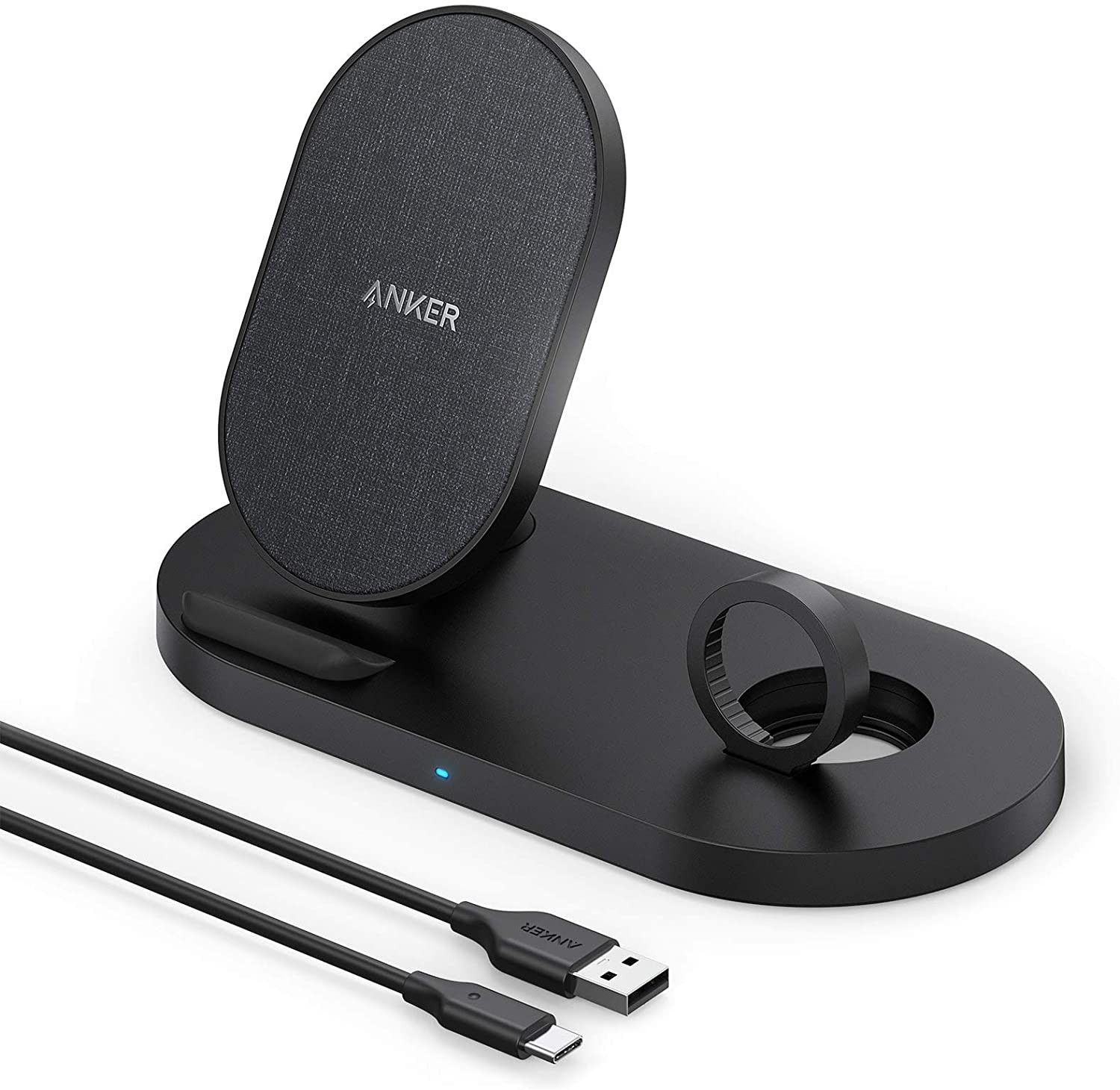
Anker PowerWave Wireless Charger for Apple Watch
Like the other Anker PowerWave fast wireless charger, this comes with the same built-in functionality, but instead of letting you charge wireless earbuds, it enables you to add your Apple Watch charger. It lets you streamline your workspace and charge multiple devices simultaneously.
-
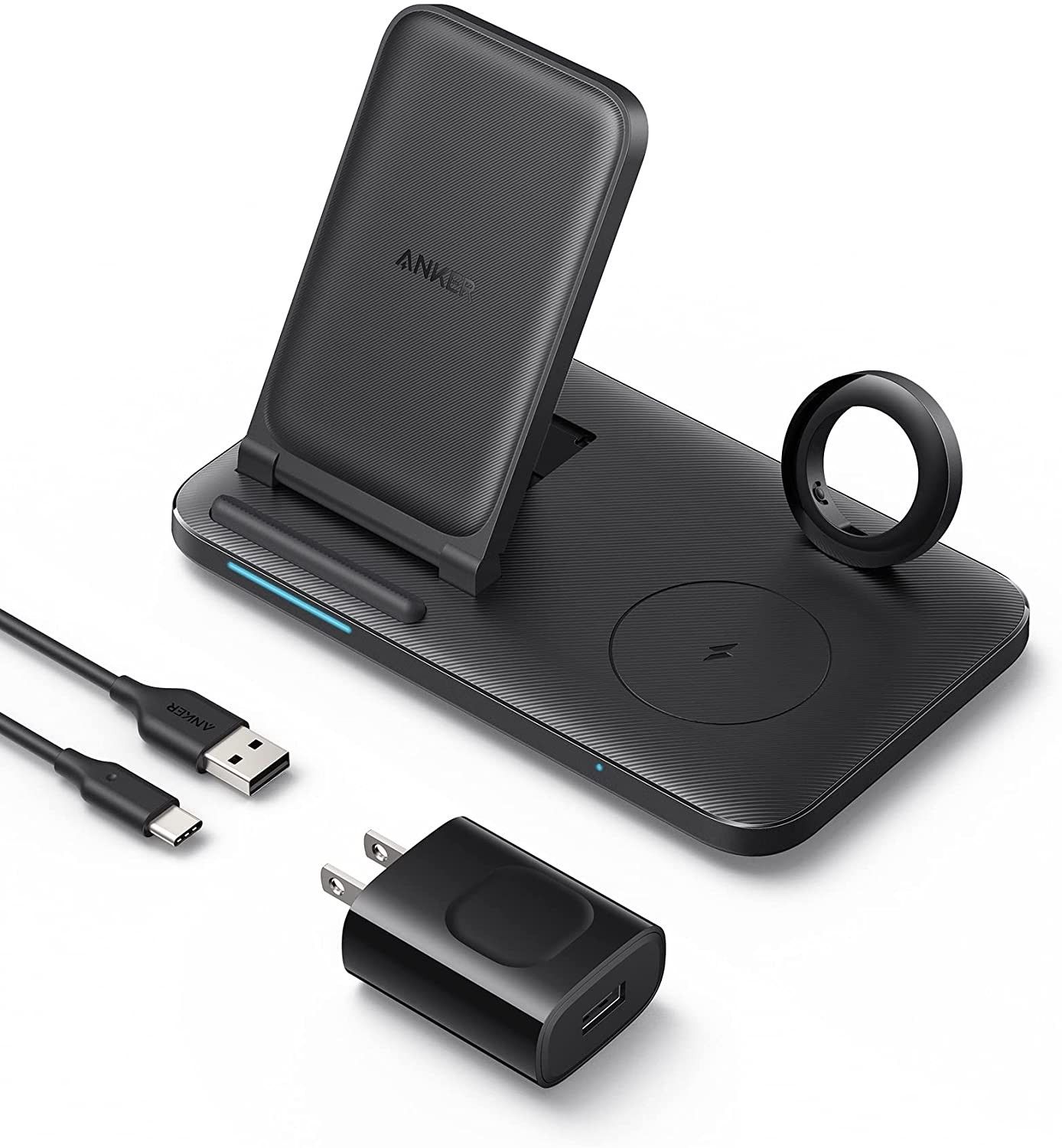
Anker 335 Wireless Charger
The Anker 335 wireless charging is a 3-in-1 solution for all of your power needs. It allows you to charge not only your smartphone, but also your Apple Watch and wireless earbuds such as AirPods Pro, AirPods 2/3, and other Galaxy Buds.

